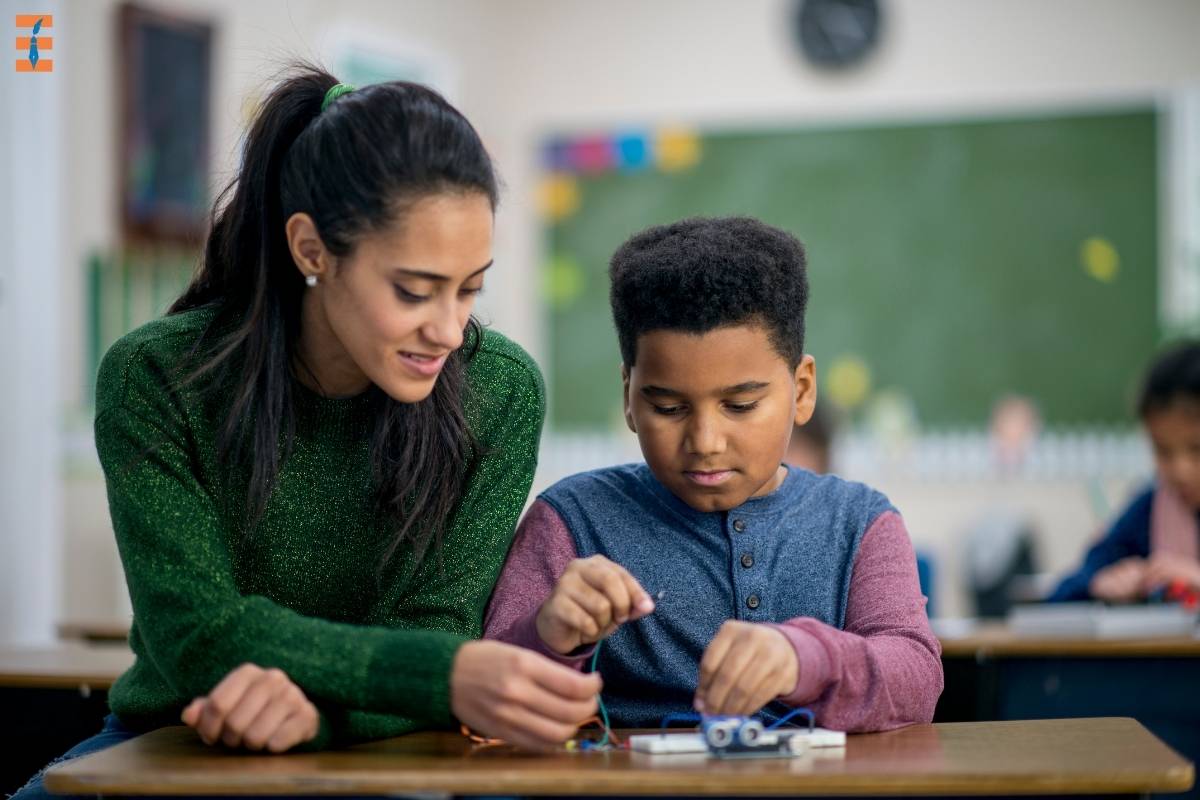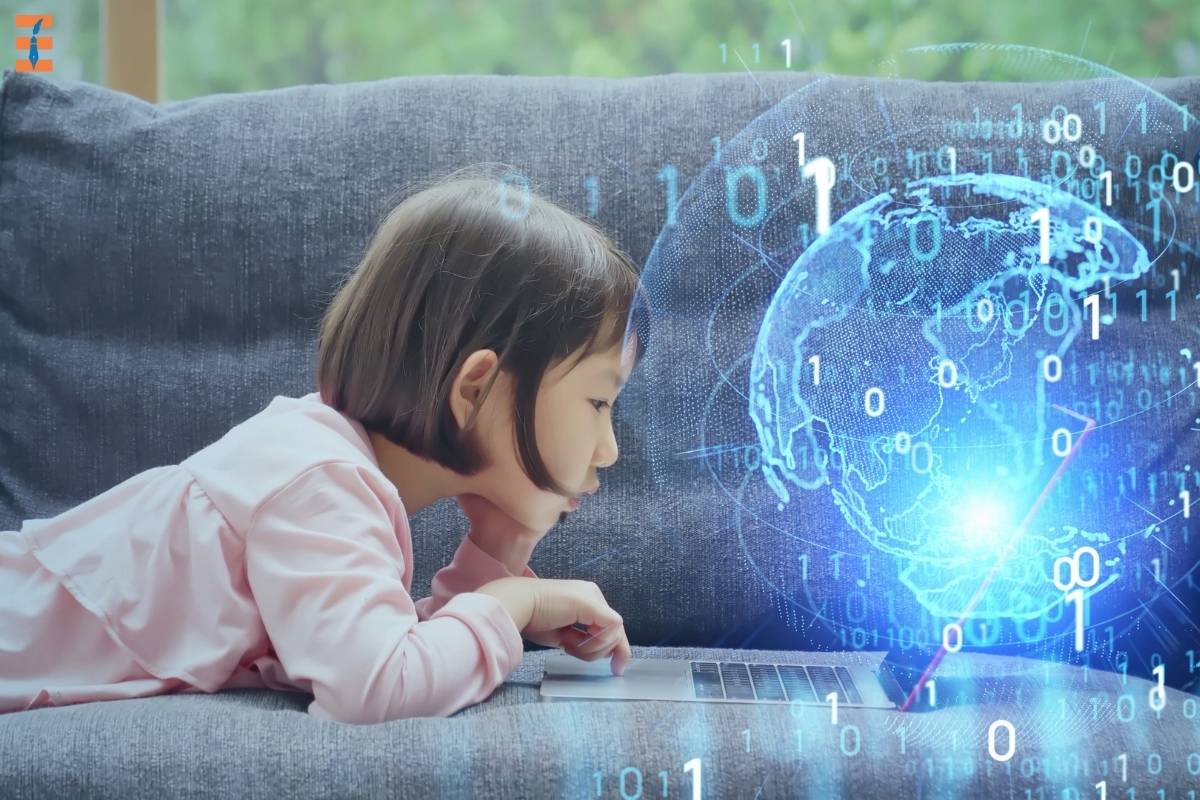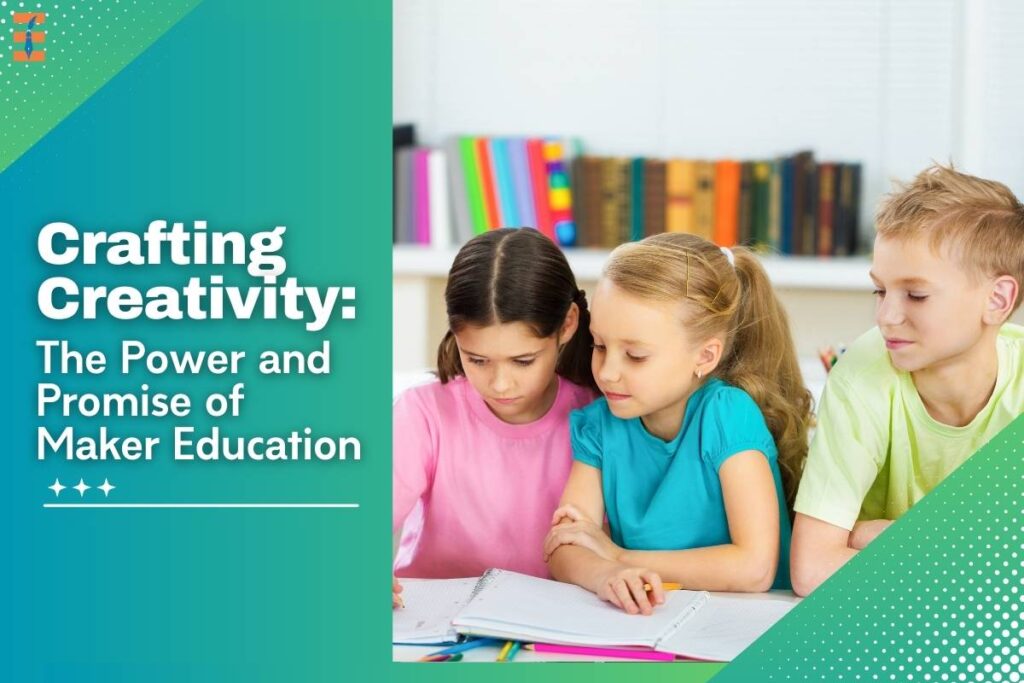In an era where innovation is the driving force behind progress, education must adapt to cultivate the skills essential for success in the modern world. Maker education has emerged as a powerful movement, emphasizing hands-on learning, creativity, and problem-solving. This article explores the principles, benefits, challenges, and future potential of maker education in shaping the next generation of innovators.
Understanding Maker Education
At its core, maker education is rooted in the philosophy of learning by doing. It provides learners with opportunities to engage in hands-on activities that foster creativity, critical thinking, collaboration, and resilience. From building robots and coding programs to designing prototypes and crafting artworks, it encompasses a diverse range of activities that empower learners to become active participants in their learning journey.
Key Principles of Maker Education:
1. Hands-On Learning

It encourages active participation through hands-on experiences, allowing learners to explore concepts in tangible ways.
2. Creativity and Innovation
By engaging in open-ended projects, students are encouraged to think creatively, experiment, and generate original solutions to problems.
3. Collaboration and Communication
Maker spaces often foster a collaborative environment where students work together, share ideas, and communicate effectively to achieve common goals.
4. Critical Thinking and Problem-Solving
Through iterative design processes and real-world challenges, students develop critical thinking skills and learn to approach problems with a growth mindset.
5. Empowerment and Agency
It empowers learners by giving them agency over their learning, fostering a sense of ownership and self-efficacy.
Benefits of Maker Education
The adoption of this brings forth a multitude of benefits for learners, educators, and communities alike:
1. Enhanced Engagement
Hands-on projects and creative exploration capture learners’ interest and motivation, leading to deeper engagement with academic content.
2. Skill Development

Maker education cultivates a diverse set of skills, including technical proficiencies, problem-solving abilities, teamwork, and communication skills.
3. Fostering Innovation
By nurturing creativity and experimentation, it prepares students to become innovators and entrepreneurs capable of addressing real-world challenges.
4. Inclusivity and Diversity
Maker spaces provide inclusive environments where learners from diverse backgrounds can come together, share perspectives, and collaborate on projects.
5. Community Building
It often extends beyond the classroom, fostering connections between schools, families, and local communities through collaborative projects and events.
Challenges and Considerations
Despite its many benefits, maker education also faces several challenges:
1. Resource Constraints
Establishing and maintaining maker spaces requires resources, including funding for equipment, materials, and trained staff.
2. Curricular Integration
Integrating maker education into existing curricula can be challenging, requiring educators to align hands-on activities with academic standards and learning objectives.
3. Teacher Training
Educators may require training and support to effectively facilitate maker-based learning experiences and integrate them into their teaching practice.
4. Equity and Access
Ensuring equitable access to these opportunities is essential to address disparities in resources and opportunities among different student populations.
5. Assessment and Evaluation
Traditional methods of assessment may not adequately capture the skills and competencies developed through maker education, requiring innovative approaches to evaluation.
Future Directions
As maker education continues to evolve, several trends and developments are shaping its future trajectory:
1. Digital Fabrication and Technology Integration
Advances in digital fabrication technologies, such as 3D printing and laser cutting, are expanding the possibilities for creative expression and problem-solving in.
2. Interdisciplinary Connections
Maker education intersects with various disciplines, including STEM (Science, Technology, Engineering, and Mathematics), the arts, design, and entrepreneurship, fostering interdisciplinary connections and holistic learning experiences.
3. Global Collaboration and Connectivity

Digital platforms and online communities enable students to collaborate on projects and share ideas with peers from around the world, opening up new opportunities for global learning and collaboration.
4. Social Impact and Sustainability
Maker education is increasingly focusing on addressing real-world issues, such as environmental sustainability, social justice, and community development, empowering students to make positive contributions to society.
5. Policy Support and Advocacy
Advocacy efforts and policy initiatives aimed at promoting it are gaining momentum, as policymakers recognize its potential to cultivate essential 21st-century skills and prepare students for the future workforce.
Conclusion
Maker education holds tremendous promise in transforming education by fostering creativity, innovation, and empowerment among learners. By embracing the principles of hands-on learning, collaboration, and problem-solving, it equips students with the skills and mindset needed to thrive in an ever-changing world. As educators, policymakers, and communities continue to support and invest in this, we can unlock the full potential of the next generation of makers, creators, and changemakers.
Also Read: 24 Unique Maker Education Resources For Teaching & Learning

